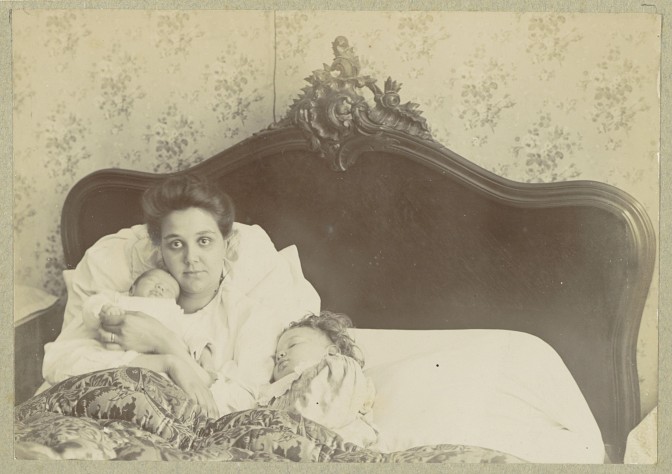If you are researching a family before in the period before modern birth control methods, a gap in children is worth investigating further.
Possible reasons for the gap include:
- You may not have found all the children yet. For example, the family may have lived elsewhere, and you have not consulted the birth or baptismal records there.
- There may have been stillbirths or miscarriages. Since the introduction of the civil registration (1811 in most parts of the Netherlands), stillborn children will have a death record. Miscarriages early in the pregancy rarely leave records.
- The father may have been absent, for example if he worked as a sailor, if he was in prison, or if he emigrated before the rest of the family.
For example, one of my ancestors had sixteen children. The first was born when she was 21, the last when she was 44. Most children were born less than 18 months apart, and three children were born less than a year after the previous child. The only two times where there were more than two years between two children was after her first husband died, and when her second husband was in prison.
Researching unexpected gaps between children can turn up new records for your family and help you to discover previously unknown stories.

Mother shortly after giving birth. Unknown photographer, circa 1885. Credits: Rijksmuseum


Another excellent tip, Yvette. I’ll include a link to this post in my next genealogy newsletter.